Crave for a visit to UNESCO World Heritage Sites in Vietnam? First, take your time to obtain some understand of those wonders. You will be amazed by valuable information about them for certain.
Central Sector of the Imperial Citadel of Thang Long – Hanoi (2010)
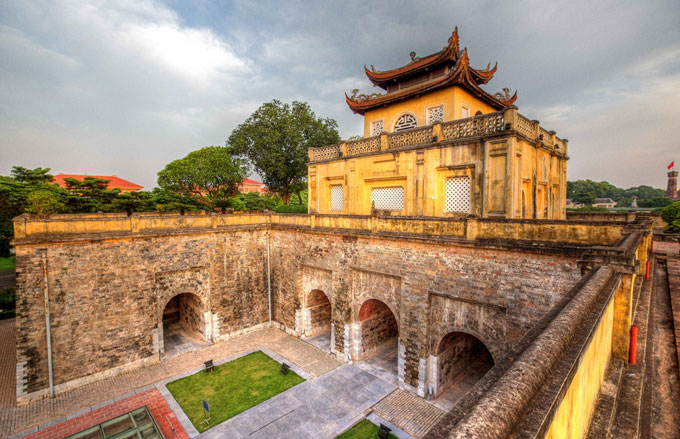
Erected by the Ly Viet Dynasty in the 11th century, the Imperial Citadel of Thang Long was referred to the symbol of the Dai Viet’s independence. This structure was built on the former site of a Chinese forest which dated from the 17th century and was reclaimed from the Red River Delta. For nearly 13 consecutive centuries, it was the concentration of political power of the ancient dynasty. Nowadays, the remains reveal a spectacular culture of the lower Red River Valley, formed by influences of the culture North China and South Champa Kingdom.
The Central Sector of the Imperial Citadel of Thang Long is positioned in the center of Hanoi – the Vietnam’s capital, and it is widely known as the crucial part of the Imperial Citadel of Thang Long. With the role of bearing cultural and historical meanings as well as the development process of an Asian nation for over one thousand years, it has become the 900th site on the World Heritage List by UNESCO in 2010.
Citadel of the Ho Dynasty (2011)
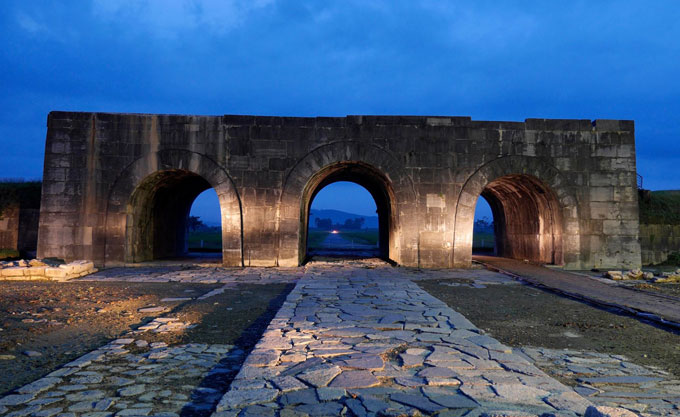
Constructed in 1397, the Citadel of Ho Dynasty, embracing the Inner Citadel, the Nam Giao Altar and La Thanh Outer Wall is fringed by a buffer zone with the area of 5078.5 hectares. The citadel’s position is based on geomantic principles in an area with the stunning natural landscape between Buoi and Mac Rivers – Vinh Loc District, Thanh Hoa Province. Especially, inside the citadel is a setting of huge limestone blocks demonstrating a brand-new growth process of architecture and adaptation in South-East Asia of a new age. It means that it was the time utilizing space and decoration in such a new way that the architecture could point out a concept of royal power and the adoption of the Confucian philosophy among such a Buddhist culture. Considered as the center of culture, economy and politics in North Vietnam from 1398 to 1407, the citadel with priceless values was put in the list of UNESCO world heritage sites in 2011.
Complex of Hué Monuments (1993)
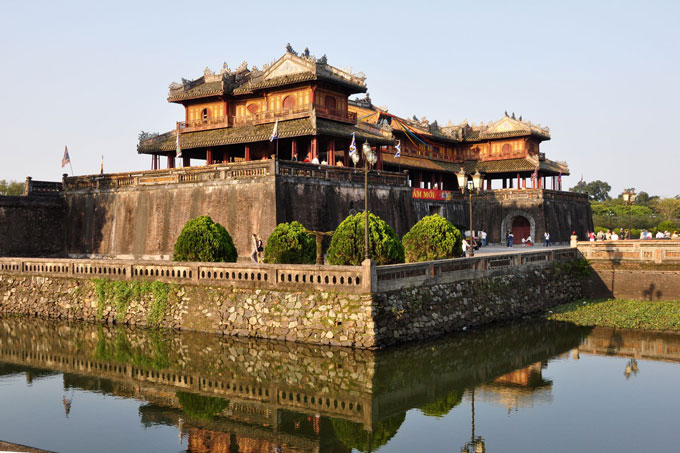
Situated nearly in the Hue City, Thua Thien Hue Province, the Complex of Hue Monuments has become one of the UNESCO world heritage sites due to great historical values inside it. While Hue was the cultural, economic and political center in the Nguyen Dynasty from 1802 to 1945, the complex was referred to as an emerging example of the construction and planning of an absolute defended capital. The spectacular integrity of town’s layout and architectural design has turned it into a phenomenal example of feudal urban construction of South-East Asia. The complex of Hue Monuments is properly arranged in the natural setting with natural principles of Five Cardinal Points (east, west, center, south, and north), and five colors (red, white, black, blue, and yellow). Inside the complex, there are Hue Citadel (central structure), Imperial City (Hoang Thanh), Forbidden Purple City (Tu Cam Thanh), and other royal palaces.
Hoi An Ancient Town (1999)
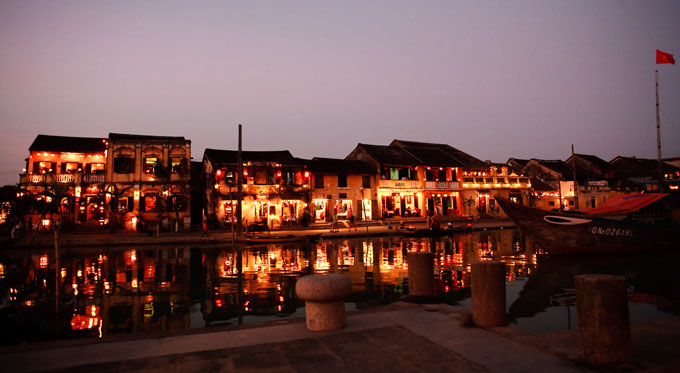
Nestled in the center of Quang Nam Province, Vietnam and near the mouth of Thu Bon River, Hoi An Ancient Town has been inscribed on the list of World Heritage sites by UNESCO in 1999. The property comprises 30 hectares and its buffer zone is 280 hectares. The town is known as a well-preserved example of a trading port for both Southeast counties and the others in the world from 15th to 19th centuries. It depicts a clever fusion of domestic and foreign cultures with a complex of 1,107 timber frame buildings of wooden and brick walls – monuments, commercial structures, a ferry quay, an open market, family cult houses, and pagodas.
My Son Sanctuary (1999)
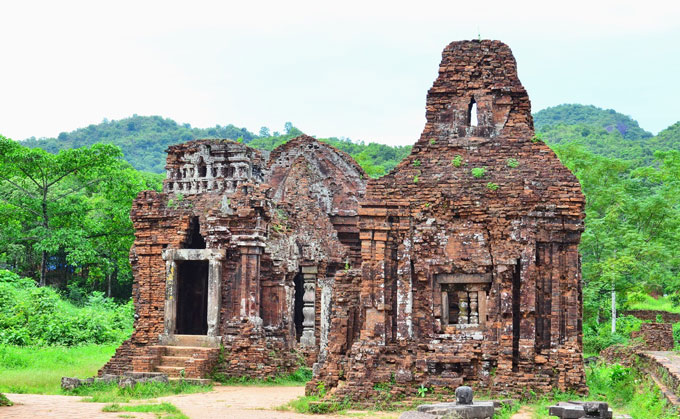
Lying in the mountainous area of Duy Xuyan District, Quang Nam Province, My Son Sanctuary has been here from 4th century. The sanctuary is exactly nestled in an elevated geological basin whose surrounding is a range of mountains. The source of Thu Bon River, flowing through monuments, the former heartland of the Champa Kingdom, and beyond the basin is right at the sanctuary. Tower temples were erected for over ten centuries when the heart of the ancestral homeland of Dua clan unified Cham clans and founded the kingdom of Champapura in 192. It was a special culture of indigenous spirit and the Hinduism, so there were many temples dedicated to Hindu divinities here.



